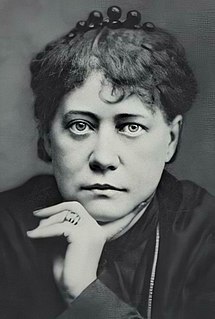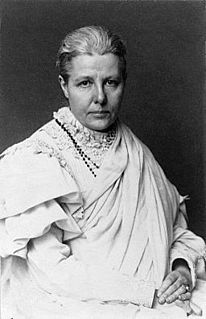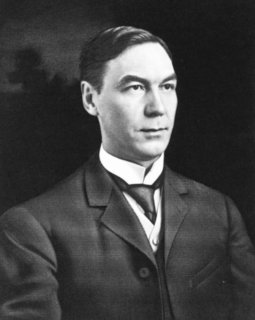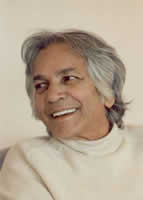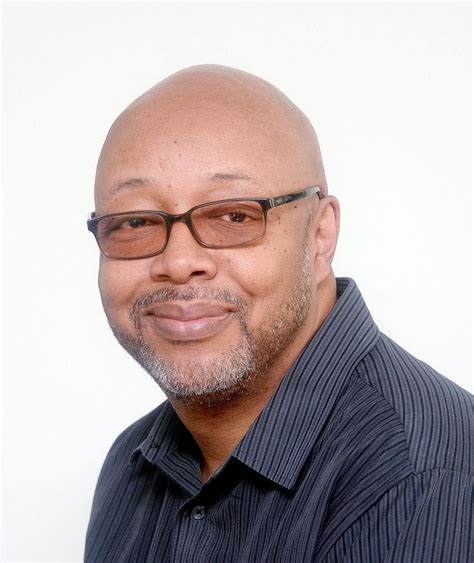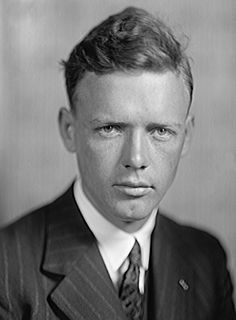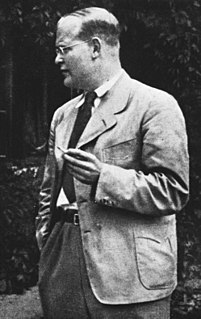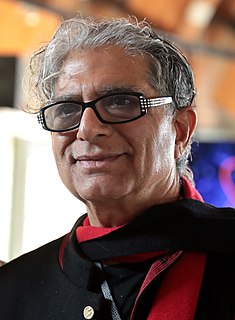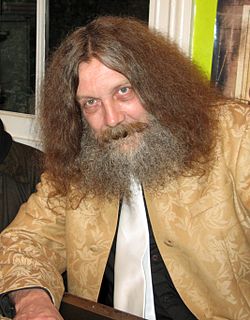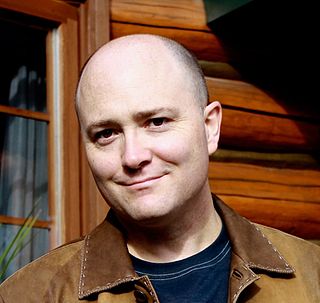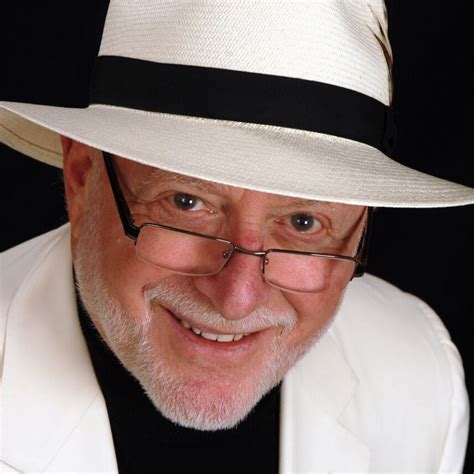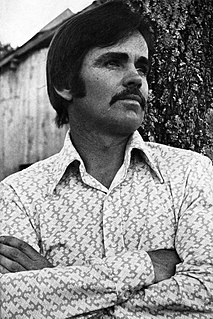A Quote by H. P. Blavatsky
Science regards man as an aggregation of atoms temporarily united by a mysterious force called the life-principle. To the materialist the only difference between a living and a dead body is, that in the one case that force is active, in the other latent. When it is extinct or entirely latent, the molecules obey a superior attraction, which draws them asunder and scatters them through space. This dispersion must be death, if it is possible to conceive such a thing as death where the very molecules of the dead body manifest an intense vital energy.
Quote Topics
Active
Atoms
Attraction
Between
Body
Case
Conceive
Dead
Death
Difference
Dispersion
Draws
Energy
Entirely
Extinct
Force
Intense
Latent
Life
Living
Man
Manifest
Molecules
Must
Mysterious
Obey
Only
Only Difference
Other
Possible
Principle
Regards
Science
Space
Such A Thing
Superior
Them
Thing
Through
United
Very
Vital
Which
Related Quotes
The Universal mind is not only intelligence, but it is substance, and this substance is the attractive force which brings electrons together by the law of attraction so they form atoms; the atoms in turn are brought together by the same law and form molecules; molecules take objective forms and so we find that the law is the creative force behind every manifestation, not only of atoms, but of worlds, of the universe, of everything of which the imagination can form any conception.
The body is a fortuitous concourse of atoms. There is no death for the body, only an exchange of atoms. Their changing places and taking different forms is what we call 'death.' It's a process which restores the energy level in nature that has gone down. In reality, nothing is born and nothing is dead.
My aging body transmits an ageless life stream. Molecular and atomic replacement change life's composition. Molecules take part in structure and in training, countless trillions of them. After my death, the molecules of my being will return to the earth and sky. They came from the stars. I am of the stars.
The earthly form of Christ is the form that died on the cross. The image of God is the image of Christ crucified. It is to this image that the life of the disciples must be conformed; in other words, they must be conformed to his death (Phil 3.10, Rom 6.4) The Christian life is a life of crucifixion (Gal 2.19) In baptism the form of Christ's death is impressed upon his own. They are dead to the flesh and to sin, they are dead to the world, and the world is dead to them (Gal 6.14). Anybody living in the strength of Christ's baptism lives in the strength of Christ's death.
The libertarian approach is a very symmetrical one: the non-aggression principle does not rule out force, but only the initiation of force. In other words, you are permitted to use force only in response to some else's use of force. If they do not use force you may not use force yourself. There is a symmetry here: force for force, but no force if no force was used.
I am not prepared to deny or assert any proposition which concerns myself; but certainly this solitary struggle with platitudinous atoms, called men and women by courtesy, leads me to wish for my wife again. How did I ever hit on the only woman in the world who fits my cravings and never sounds hollow anywhere? Social chemistry-the mutual attraction of equivalent human molecules-is a science yet to be created, for the fact is my daily study and only satisfaction in life.
The greatest dread of ordinary man is death, with its rude imposition interrupting fortuitous plans and fondest attachments with an unknown and unwelcome change. The yogi is a conqueror of the grief associated with death. By control of mind and life force and the development of wisdom, he makes friends with the change of consciousness called death-he becomes familiar with the state of inner calmness and aloofness from identification with the mortal body.
